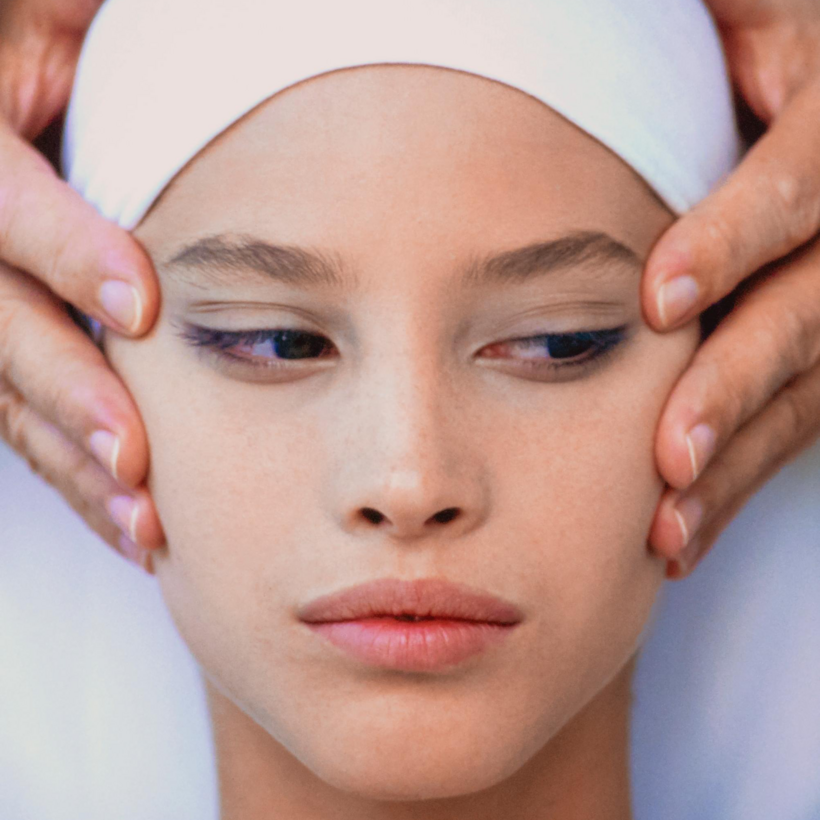Is the catalyst to firmer, clearer skin sitting right on top of your head?
If you haven’t yet heard of secretomes, well, get ready. As the newest entrant into the regenerative beauty category, they are similar to platelet-rich plasma made from your own cells. But while PRP is derived from spinning your blood, making secretomes starts by plucking 40 hairs from your scalp.
At the base of every hair follicle is a white bulb, which contains a cluster of specialized cells that include mesenchymal stem cells. From them, Acorn Biolabs, a biotech company based in Toronto, creates a soup of biologically active growth factors, exosomes (a broad category of nano-vesicles that deliver messages to cells) and cytokines (small proteins that attract immune cells). The concentrated liquid is filtered and freeze-dried to yield the secretomes.
The process, which can cost between $1,000 to $1,500, takes six to eight weeks and results in 12 vials. There is an additional cost to have them applied by a plastic surgeon or dermatologist.
Secretomes are purported to speed healing and encourage collagen and elastin production. They are similar to polynucleotides, found in the salmon sperm we’ve been hearing so much about, and exosomes, and all three are often applied to the skin after microneedling and laser treatments.
Plastic surgeons and dermatologists started employing secretomes last year. They are FDA-approved for topical application only, and are currently being evaluated for use as injectables. Drew Taylor, a founder of Acorn, says that the company has tested its secretomes against PRP derived from the same individual, and the secretomes contained up to 34 times the amount of growth factors as the PRP sample.
“This is what sets them apart,” says Julie Russak, a dermatologist in New York who is using them in her practice. “It is not a single-factor therapy, but a broad collection of growth factors, cytokines, peptides, polynucleotides, and naturally released extracellular vesicles.”
Secretomes may also be especially effective on older patients. “PRP’s quality depends on the patient’s age, metabolic health, hydration status, and variable factors like stress or sleep that week,” says Russak. “In older or metabolically stressed patients, platelet-derived growth factors are typically less potent and less active. Secretomes, on the other hand, are not limited by those variables. They’re produced under controlled conditions from highly active mesenchymal stem cells, and the composition is standardized to ensure consistent potency and reliability regardless of the patient’s own biology at that time.”
But the technology is still new, says Daniel Gould, a plastic surgeon in Los Angeles. “There is no clear evidence yet that [secretomes] are superior to existing options,” he says. For now, Gould still uses exosomes and PRP for skin rejuvenation and scar modulation.
“At least theoretically, they support recovery and improve skin hydration and radiance,” says dermatologist Doris Day, who is applying them in her Upper East Side practice. Sachin M. Shridharani, a plastic surgeon in New York, has been smoothing them on patients’ incision sites to reduce scarring. The enthusiasm for secretomes will likely grow, as it does for so many new developments in the world of skincare. And who are we to kill a dream?
Tatiana Boncompagni Hoover is a New York–based journalist and novelist





